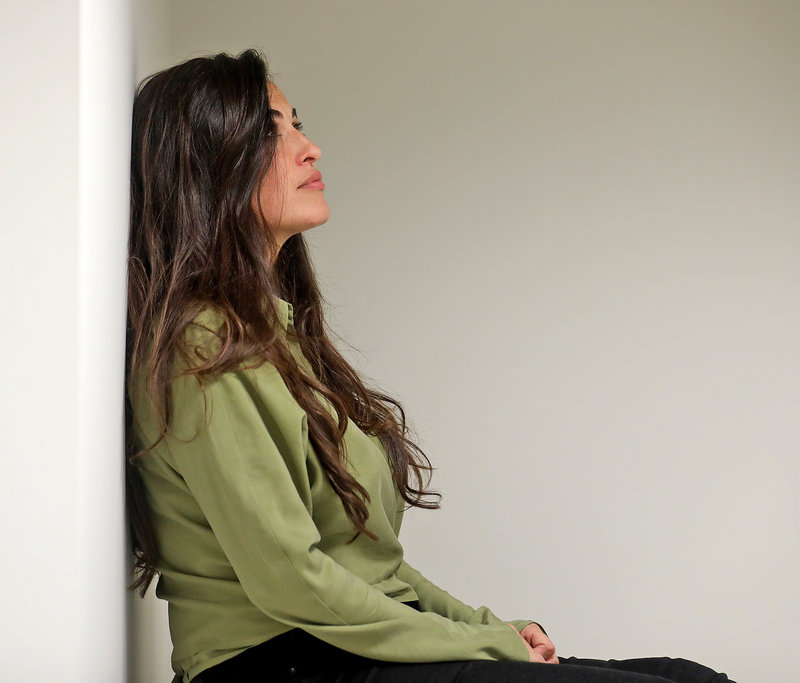Interview
Sílvia Pérez Cruz
musician
“Singing sad songs doesn’t cause me pain; it helps me cleanse”
“I may die tomorrow or reach the age of 80, but now I’m at an age where I can look at what I’ve experienced from a certain distance”
Wanting, in her words, to “vindicate the beauty and richness of all ages”, Sílvia Pérez Cruz (Palafrugell, 1983) has structured her new album, Toda la vida, un día (Sony Music), into five “movements” that seek to reflect all stages of life, each with its own distinct sound. The Empordà singer, who performs at the Tivoli in Barcelona on May 24 and 25, in this interview reveals the keys to an album recorded over two and a half years between Barcelona, Pontós, Madrid, Jerez, Buenos Aires, Mexico and Havana. Self-produced, it includes 21 songs in Catalan and Spanish with the collaboration of, among other artists, Natalia Lafourcade, Pepe Habichuela and Salvador Sobral.
Where did the idea of structuring an album like the different cycles of life come from?
From the union of a few things. The first, when Elena Córdoba, a choreographer who had already helped me in Género imposible, presented me with a beautiful poem by William Carlos Williams, Aterrados, which proposes facing up to the enormity of fear by ordering it flower by flower. I created a connection to another song I already had, La Flor, and it somehow ended up as the backbone of the entire album. On the other hand, there are also songs conceived during lockdown, most of them in Catalan, which are birthday gifts to different people, and a song I recorded for Liliana Herrero in Argentina, which lends the album its name.
Drawing a parallel between an album and an entire life requires having lived a bit.
Yes, I may die tomorrow or I may, with a little luck, reach the age of 80, but now I’m at an age [40], I think, where I can look at everything I’ve experienced from a certain distance and be able to begin to understand a little everything that I still need to live. This has made me see that everything I had to say could, in fact, be structured into the cycles of a life.
Time is circular, it seems to say.
Yes, it’s an idea I’ve thought about a lot lately. We usually order time into the beginning and the end, but I actually think it’s a bit like the seasons. There’s actually a lullaby on the record that was originally supposed to go at the start but my daughter suggested I put to the end, which is a great idea, an act of optimism. “Yes, okay,” it seems to mean, “We’re leaving life, but in the end, everything goes on!” And then there are the symbolic deaths from which we are reborn: the death of a relationship, the death of a part of us...
What were you looking for in the idea of giving a different sound to each of the five parts of the work?
It’s a structure that has allowed many different Silvias to emerge: a warmer and closer one; another that reflects the age of leaving home and wanting to break away from everything you have; a third marked by intimacy in the form of duets; a fourth focused on knowing how to make sense of things, which is what I admire most about older people; and a fifth, finally, in which everything is again very cheerful, in which there is a renaissance.
interview music
Leave a comment
Sign in.
Sign in if you are already a verified reader.
I want to become verified reader.
To leave comments on the website you must be a verified reader.
Note: To leave comments on the website you must be a verified reader and accept the conditions of use.

